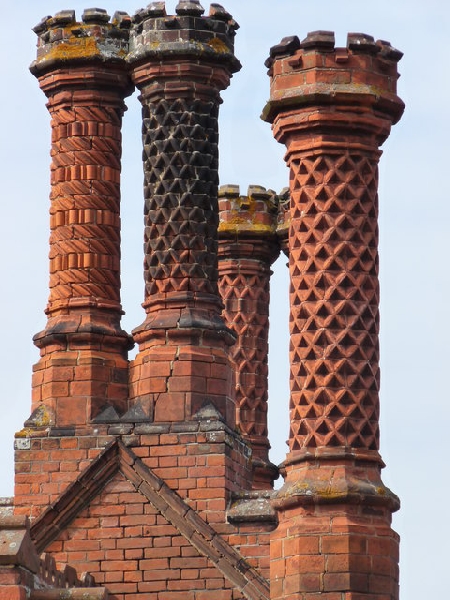
-- Atlanta, Georgia, U.S.A. – September 25th, 2014 /PressCable/ —
“Before any homeowner lights a fire this Fall, getting the fireplace checked should be top on the todo list”, says long time chimney specialist and company owner Livtar Khalsa.
“A dirty chimney can cause a fire up in the flue, which can spread to other parts of the house. If the chimney is not checked regularly, there's a risk of losing the house and all possesions.” added Khalsa.
Every year, thousands of homes have chimney fires, also known as flue fires. Chimney fires occur because of a little known chemical process that happens during a fire.
October is the start of the burning season in many areas of the country. Many times, the first fire of the season will start an out of control fire in the chimney flue.
As wood burns, it doesn't completely combust all the elements of the wood. That's why there are ashes left in the bottom of the firebox after a fire. When wood is burning, the heat makes a chemical reaction that combines all the original components into a new chemical soup. This soup goes up through the flame, carried by the water vapor. As it swirls in the chimney, it touches the cooler walls of the chimney flue pipe. As it touches the walls it condenses and sticks to the walls. We call this creosote.
This part is a little strange. At the moment creosote is created in fire, it will not catch fire itself. It passes right through the flame up into the chimney. It only becomes flammable after it on the walls of the flue pipe for some time and goes through the process of heating and cooling as fires are lit then go out.
When creosote is new, it takes about 700 degrees Fahrenheit to light it. At the tip of a fire, it is around 650 degrees, no hot enough to light the creosote as it drifts through the flame in the smoke. Gradually over time however, the molecular structure changes so that the ignition temperature also lowers. Eventually, creosote will light at as low as 220 degrees F, barely about boiling temperature.
A chimney could be used for years, the same way with no problem, but then one day the chimney could light up and send flames shooting high into the sky for seemingly no reason. The reason is the creosote has reached a critical point where one spark will light it.
Any homeowner who burns wood of any kind, including hardwoods, should definitely have the chimney checked yearly. In many places in Europe it is mandatory because of the danger of the fire spreading to other homes or the environment.
Why take the risk?
Contact Info:
Name: Livtar Khalsa
Email: [email protected]
Organization: Atlanta Chimney Sweep Pros
Website: http://atlantachimneysweep.net/
Phone: 770-993-6683
Address: 112 Millbrook Circle, Roswell GA 30075
Release ID: 64334

